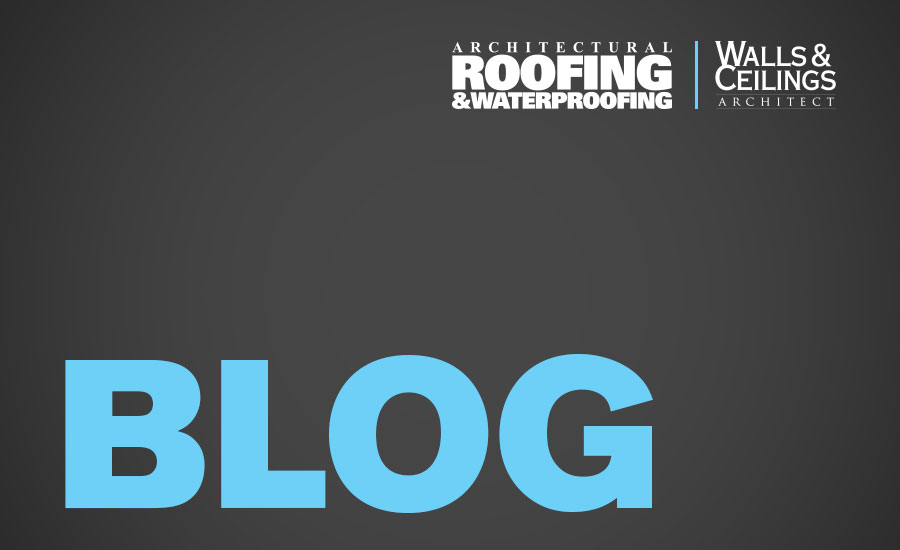Although all roof membranes have different physical properties and failure modes, there are certain deficiencies that are common to all roof membranes. Here are three common failure modes in all roof membranes to look out for:
1. Brittleness: All roof membranes become brittle at the end of their service life. This phenomenon is more rapid in some membranes. Once the material becomes brittle, it no longer has the elasticity required to provide weatherproofing service. Tensile/elongation tests can be conducted to determine remaining service life, or failure can be illustrated through grazing/cracks and splits in the membrane surface. Visual observation of material scrim or reinforcement is also an indication of material failure.
2. Wet insulation: Roof insulations lose structural and thermal integrity once they are wet. All wet insulation should be removed from the system to avoid costly structural deck damage (particularly on metal decks). Typically, if more than 25 percent of a roof system has wet insulation, a full roof replacement is recommended. Wet insulation can be determined by any method of moisture testing. If non-destructive moisture testing is conducted, gravimetric testing should be conducted to verify that the material is wet. Some adhered membranes will illustrate wet insulation through excessive blistering and membrane ridging.
3. Problems with flashings and penetrations: Flashings and penetrations are the most vulnerable point of a roof system, and nearly two-thirds of all roof leaks occur at these points. Openings, splits and sagging of flashings materials are common causes of roof leaks. Excessive openings or displacement of these materials can lead to moisture infiltration into the system and the building.

Recent Comments
These are actually very helpful tips. It is...
This is the most beneficial blog for all...
This blog is a great resource for anyone...
Thank you for sharing this important information. I...
This is a very interesting subject of the...